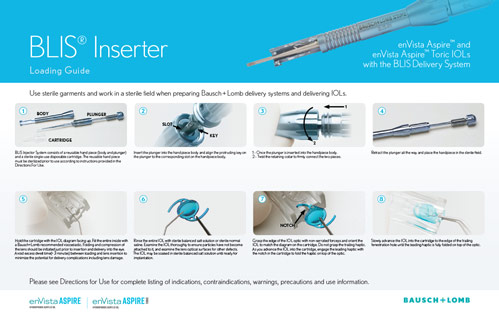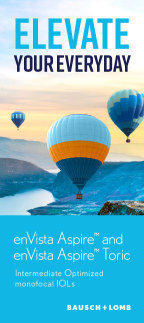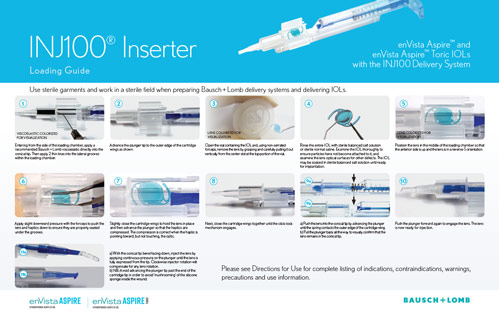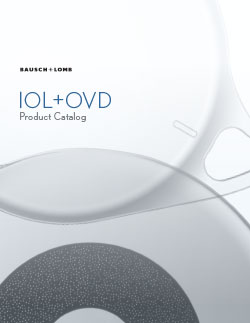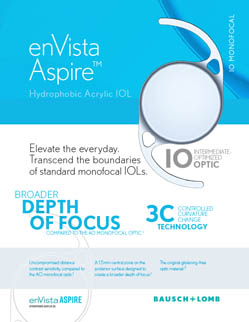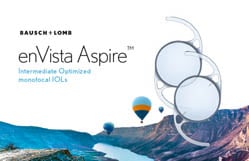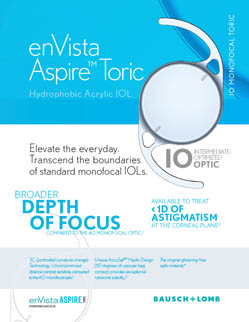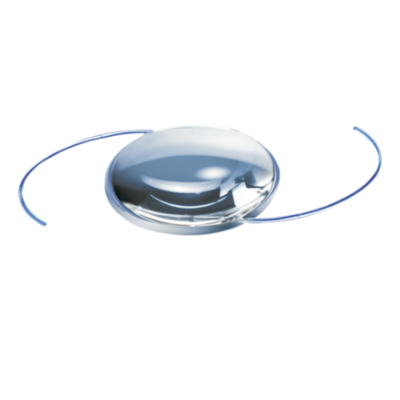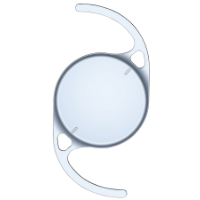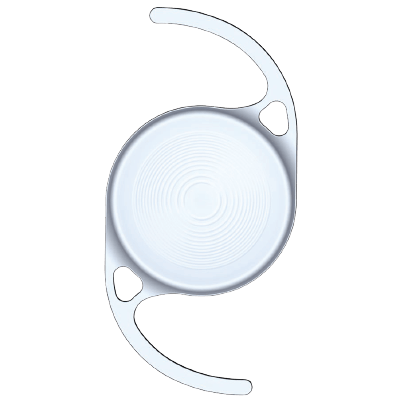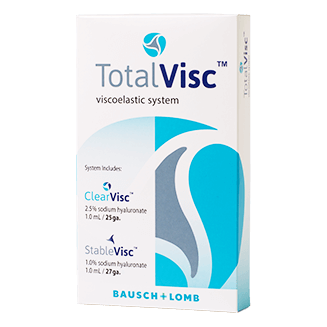enVista Aspire™
Intermediate Optimized Monofocal IOLs
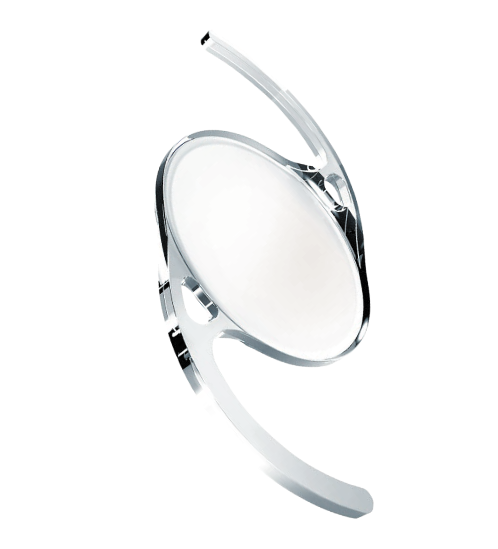
Elevate the Everyday
Transcend the boundaries of standard monofocals and deliver your patients an IOL designed for the modern world — a fusion of uncompromised distance contrast sensitivity with an optic designed for a broader depth of focus.*1
Intermediate Optimized Optic →
Built for the Modern World →
Treat More Patients with More Precision →
*Based on optical bench testing – MTF study in ISO2 model cornea, comparison of MX60E and enVista Aspire™.IO Optic Designed for a Broader Depth of Focus
Intermediate Optimized optic design allows for a broader depth of focus*
Unlike conventional standard spherical monofocal IOLs and low-order aspheric IOLs, enVista Aspire™ utilizes higher-order aspheric coefficients on the posterior surface of the lens to create a broader depth of focus.*1†
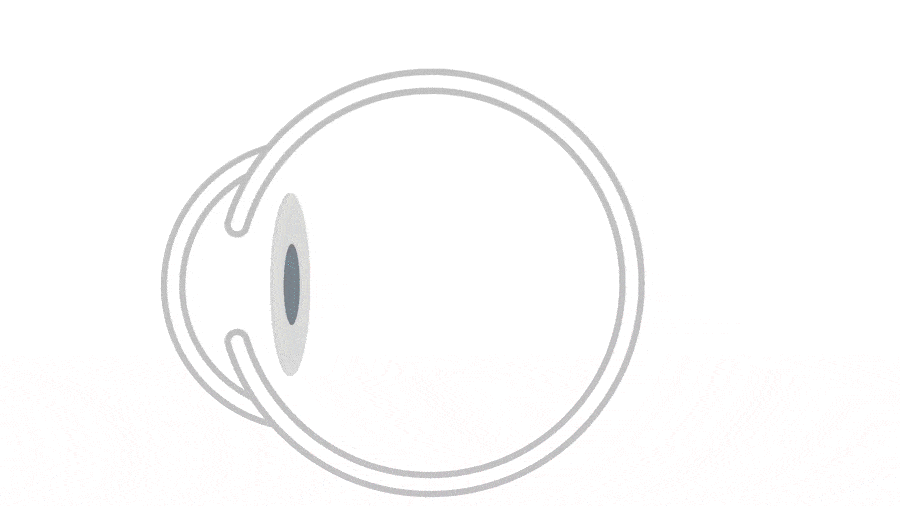
enVista Aspire™ demonstrated a 120% increase in continuous depth of focus compared to enVista®.2
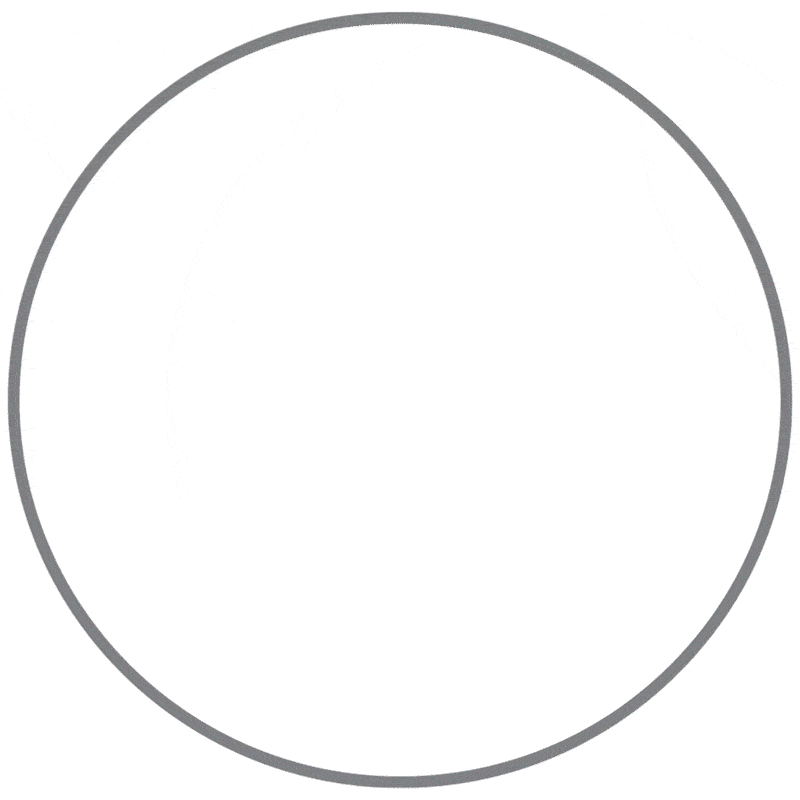
†*Based on optic design characteristics. Data on File.
*Based on optical bench testing - MTF study in ISO2 (+0.28μm) model cornea.
Monofocal for the Modern World
Outstanding performance is built into every enVista Aspire™ lens
All patients deserve vision that brings their world into focus. For your patients that may not be candidates for presbyopia-correcting IOLs, enVista Aspire™ IO optics provide an excellent monofocal option.
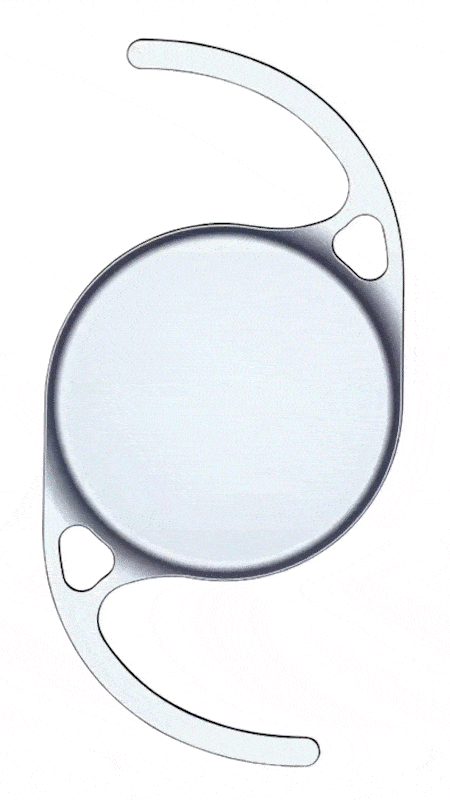
Central Area
1) enVista Aspire™ features an Intermediate Optimized (IO) central area that uses higher-order aspheric coefficients on the posterior surface to create a broader depth of focus.1*
2) Featuring 3C (Controlled Curvature Change) technology, enVista Aspire™ optics are designed to harmonize the geometric power profile outward between the central base power and power at the periphery.2
Optic Power Profile
3) enVista Aspire™ uses a unique optic to create a gradual transitional distribution of light energy from the center to the periphery, an optic feature designed to minimize dysphotopsias.2
Discover the enVista® family of IOLs in 3D →
*Based on optic design characteristics. Data on File.
INTERESTED IN LEARNING MORE ABOUT ENVISTA ASPIRE™?
Schedule an Evaluation Today → Find your B+L Representative →
enVista Aspire™ Toric
Treat lower levels of astigmatism
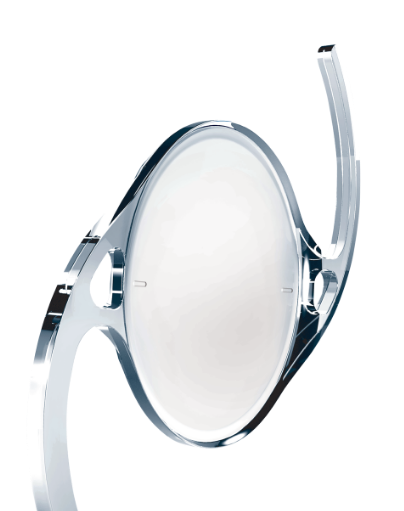
Treat Astigmatism with More Precision1
Lower astigmatism is common in patients seeking cataract surgery.3
As little as 0.50 D of astigmatism can affect functional and low-contrast visual acuity, and has an impact on the visual comfort of computer users.4
Broaden the treatable astigmatism range in cataract surgery to
as low as <1.0 D at the corneal plane.1
The first and only Low-Cyl toric platform below 1.5 D
at the IOL plane commercially available in the US.
Only toric platform that treats half-step cylinders
(up to 3.5 D at IOL plane).

*Comparison to available multifocal toric platforms approved in the US
Correcting cataracts and astigmatism. BOTH at the same time.
The enVista® toric platform delivers proven rotational stability through 180 days post-surgery4*
Toric alignment and rotational stability are vital for patient satisfaction and visual outcomes. The enVista® platform is tailored to deliver exceptionally reliable rotational stability for precise astigmatism correction.

Percent of eyes ≤ 5° rotation (n=108)
*enVista® Toric MX60ET US Clinical Study
The enVista® Toric Calculator:
Your Partner in Accuracy
Powered by the advanced Emmetropia Verifying Optical (EVO) formula, the enVista® Toric Calculator sets the new standard for predicting spherical equivalence and providing data for low astigmatism cases.1
References:
- enVista Aspire™ Directions for Use.
- Data on file. enVista Aspire™.
- Cataract & Refractive Surgery Today. Now’s the Time to Adopt Elective IOLs. Published 2010. Accessed October 17, 2023. Available at: https://crstoday.com/wp-content/themes/crst/assets/downloads/0210_supp.pdf.
- Miller AD, Kris MJ, Griffiths AC. Effect of small focal errors on vision. Optom Vis Sci. 1997;74(7):521-526.
- TECNIS Toric Directions for Use, Johnson & Johnson.
- Clareon Toric Directions for Use, Alcon.
- Lake JC, Victor G, Clare G, et al. Toric intraocular lens versus limbal relaxing incisions for corneal astigmatism after phacoemulsification. Cochrane Database Syst Rev. 2019;12(12):CD012801. doi: 10.1002/14651858. CD012801.pub2.
- Pantanelli SM, Kansara N, Smits G. Predictability of residual postoperative astigmatism after implantation of a toric intraocular lens using two different calculators. Clin Ophthalmol. 2020;14:3627–3634. doi: 10.2147/OPTH.S276285.
| enVista Aspire™ | |
|---|---|
| Model Number | EA (non-preload) |
| Material | Hydrophobic Acrylic |
| Optic Design | One-piece Aspheric, biconvex Posterior high-order aspheric surface |
| Optic Size | 6mm |
| Length | 12.5mm |
| Optic Edge Design | Sharp 360° square posterior edge |
| Haptics | Modified C, fenestrated |
| Refractive Index | 1.53 at 35° C |
| UV Cutoff | 389nm at 10% transmittance |
| Biometry | Optical |
Optical biometry |
Optical A-constant*: 119.1 ACD: 5.61 mm Surgeon Factor: 1.85 mm |
Applanation biometry |
Applanation A-constant*: 118.7 ACD: 5.37 mm Surgeon Factor: 1.62 mm |
| Other Features | Glistening free |
| Diopter Range | +6D to +34D (0.5D increments) |
*A-constant values are suggested as a guideline. Physicians should calculate lens power based on optimization of their experience and preference with IOL technology.
| enVista Aspire™ Toric | |
|---|---|
| Model Number | ETA (non-preload) |
| Material | Hydrophobic Acrylic |
| Optic Design | One-piece Aspheric, biconvex Posterior high-order aspheric surface Posterior toricity |
| Optic Size | 6mm |
| Length | 12.5mm |
| Optic Edge Design | Sharp 360° square posterior edge |
| Haptics | Modified C, fenestrated |
| Refractive Index | 1.53 at 35° C |
| UV Cutoff | 389nm at 10% transmittance |
| Biometry | Optical |
Optical biometry |
Optical A-constant*: 119.1 ACD: 5.61 mm Surgeon Factor: 1.85 mm |
Applanation biometry |
Applanation A-constant*: 118.7 ACD: 5.37 mm Surgeon Factor: 1.62 mm |
| Other Features | Glistening free |
| Diopter Range | +6D to +34D (0.5D increments) |
*A-constant values are suggested as a guideline. Physicians should calculate lens power based on optimization of their experience and preference with IOL technology.
| Cylinder Power | |||||||||
|---|---|---|---|---|---|---|---|---|---|
| IOL Plane | 1.25 | 1.50 | 2.00 | 2.50 | 3.00 | 3.50 | 4.25 | 5.00 | 5.75 |
-
Media
Title
Tag
-
Media
Title
Tag
-
enVista® Platform Technologies
Product Features enVista enVista Aspire enVista EnvyProduct Features enVista enVista Aspire enVista Envy


